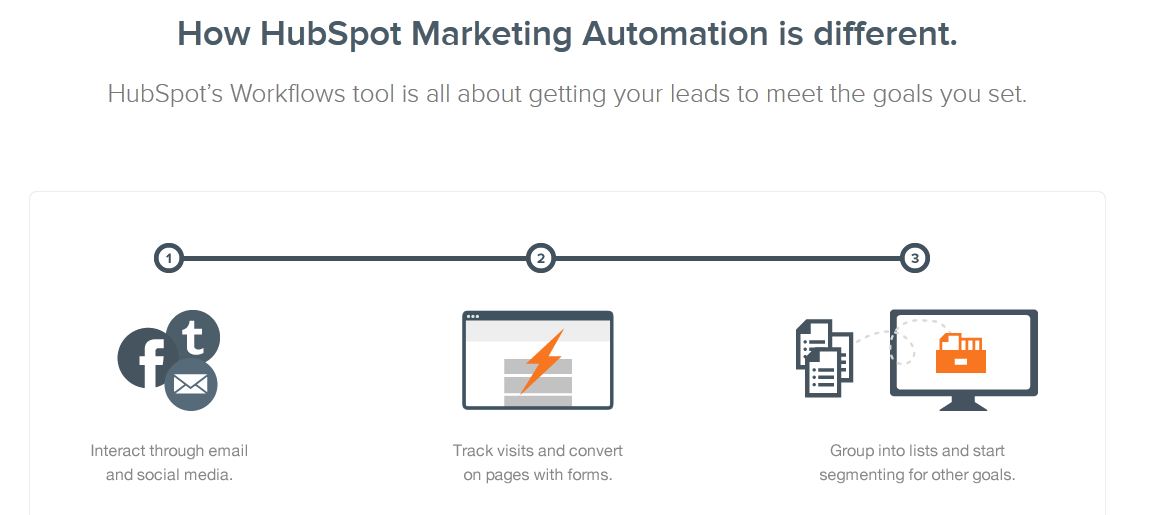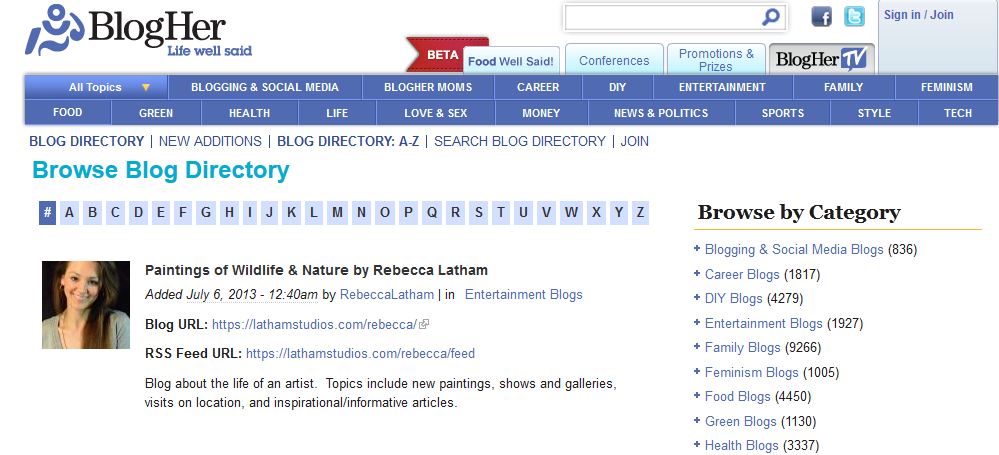There is a general theme in a lot of the content that’s making its way out to sites like KISSMetrics and the Content Marketing Institute, where marketing professionals get a lot of inspiration. While most marketing consultants focus on technical tips for narrative-building strategies, content marketing strategy comes down to this: work smarter, not harder. So, how does one work smarter not harder?
"No matter if your business is online or in physical locations, web content is becoming the prime vehicle for sales. Companies commissioning better web content are waking up and realizing that this could make all the difference in taking them to the head of the class."
Approach 1: Autopilot
A lot of top-level managers feel like as long as content is relevant to the space, it will naturally be shared, consumed, and do its work effectively. It’s quite evident in the huge flood of generic marketing material swamping the web. Look at practically any industry, from auto parts to annuities, and you’ll find a large number of sites with extremely similar material. Some critics characterize this stuff as “fluff” or in the parlance of journalism–“puff pieces.” It could also be called “middle of the road’ or “safe” content. What it is, essentially, is a tried and true practice that has become calcified.
Approach 2: Taking The Wheel
Some of the most forward thinking companies are changing the ways that they promote themselves. Using data, content marketers can craft non-generic, unique pieces that provide a fresh perspective on an industry issue that readers are interested in. One way that businesses are able to use data to determine the type of message to send is through Markerly. A content campaign on Markerly will tell you how different demographics have engaged with your content. We’ll go even further to tell you what quotes or photos they were engaging with the most. Sometimes its best to listen and respond. You can use this data to connect with your potential customers on a deeper and more personal level.
You might be surprised what you find out about your potential customers by how they organically interact with your content behind closed doors.
How to Take The Wheel
There are two main ways to accommodate this content upgrade. One is to get someone in the driver seat who profoundly understands these industry issues. That person acts as a head editor or point person for guiding and targeting content assignments to writers. Rather than giving individuals on a content team a simple set of keywords and expecting them to come up with meaningful content, adding this top-level role to a team ensures that writers will be out there focusing on what their audience wants to hear about.
Some companies don’t have the manpower or the inclination to appoint a point person like this; that’s not a problem. What some of these companies do involves hiring ex-journalists or others with a self starting capacity and a knack for creating targeted content. Companies simply set these “content sleuths” free, and what they come up with is a surprisingly robust website that boosts visibility for the brand and gets organic rankings and page views.
Conclusion
To be sure, this more sophisticated content strategy won’t come cheap. The company needs to make the decision to invest in this more sophisticated approach. But while some are reluctant to adopt new technology even if they yield better results, others have seen even modest investments in “new wave content” pay off big in terms of ROI. Times have changed. Whether your business is online or brick and mortar, web content is becoming the prime vehicle for sales. Companies commissioning better web content are waking up and realizing that this could make all the difference in taking them to the head of the class.
Markerly makes publishing tools that we’ve proudly been using since their alpha stage over a year ago. Right click on anything on Nibletz and watch Markerly go to work. For more info visit markerly.com




















